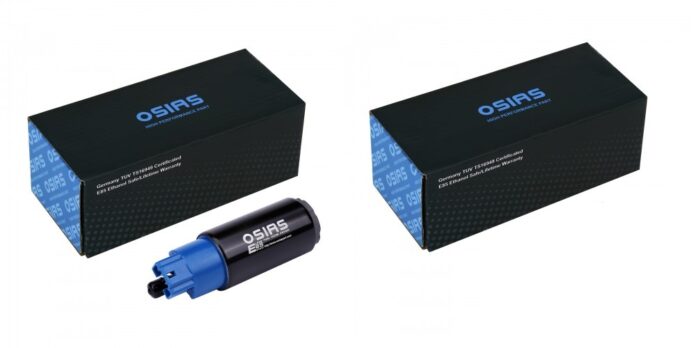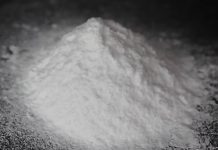An easy and reliable component of the gasoline system is the fuel pumps. They are in charge of transferring fuel from the tank to the engine and are often located inside the fuel tank. The fuel pump is constructed to be durable because its work is crucial and its location is challenging to reach. In certain circumstances, a high flow fuel pump has been reported to last for more than 200,000 kilometers. After 100,000 miles, the fuel pump will most certainly fail, making it advantageous to replace it concurrently with another significant fuel system component if you are doing so.
What Is a High Flow Fuel Pump?
Engineered for high-performance normally aspirated and forced induction EFI automobiles, AEM’s High Flow In-Tank Fuel Pump is a great option. For roughly half the price of other fuel pumps with equivalent performance, it offers dependable performance and high fuel flow rates.
Types Of High-Pressure Fuel Pump
1. Electrical Fuel Pump
Fuel is delivered to the injectors at a specific pressure by an electronic fuel pump. Injectors either directly dispense gasoline into the combustion chamber or onto the intake manifold (manifold injection) (petrol direct injection). The electric fuel pump moves the fuel from the tank to the injectors when using manifold injection.
2. High Flow Mechanical Fuel Pump
Modern mechanical fuel pumps include high-pressure GDI fuel pumps. The pressure must be high enough for the fuel to properly atomize, which is accomplished by a high-pressure GDI fuel pump. This is necessary for the engine to operate properly.
When To Change Fuel Pump?
1. Difficult To Start Car
An engine that has a broken fuel pump will require considerable cranking to start because it cannot provide enough fuel to the engine. This happens when the fuel pump struggles to supply enough fuel to your engine, which makes it difficult for the engine to start the car. This gasoline pump issue is very dangerous and requires your professional’s attention.
2. Stalling Of Engine
It’s not usually the radiator that’s overheating; it might also be the fuel pump. Your car, truck, or SUV will overheat and stall if the fuel pump is the issue. This is why a regular check-up and replacement of required parts are necessary.
3. Noise From Fuel Tank
A high-pitched whine or squeal emanating from the engine while you are driving is another sign that something is amiss with the fuel pump in your engine. This noise most likely denotes severe component wear in the fuel pump. A gasoline pump replacement by a professional can stop future problems from occurring.
4. Lower Gas Mileage
The gasoline pump may be to blame if you observe a dramatic drop in your vehicle’s mileage with little to no change in your driving behavior. Early resolution of this issue is advised because the expense of more frequent gas fill-ups will fast exceed that of changing or fixing a faulty fuel pump.
5. Pressure Gauge Issues
One or more of these eight causes— excessive temperature, overpressure, corrosion, clogging, and improper handling or abuse—can be blamed for pressure gauge failure. This also points to the problems of the fuel pump.
6. Lower Fuel Efficiency
The total fuel efficiency of your car might be severely impacted by a malfunctioning fuel pump. As your engine strives to function as it is intended to, it will eventually burn more fuel than is necessary.
7. Complete Stopping of Engine
Your engine won’t start at all if your fuel pump malfunctions, leaving you stranded. The fuel pump is likely to be at fault only if you observed any of the aforementioned problems with your automobile before it entirely failed to start because there are numerous other potential causes for a car to not start.
Conclusion
If you’re a mechanic running your business, a dealer, or just an individual, who loves taking care of their car seriously, and is looking for a place to buy parts for your car, then the Osiaspart website is just the right thing for you. With the best quality parts available in varieties at a reasonable price, this website is a must-visit.















